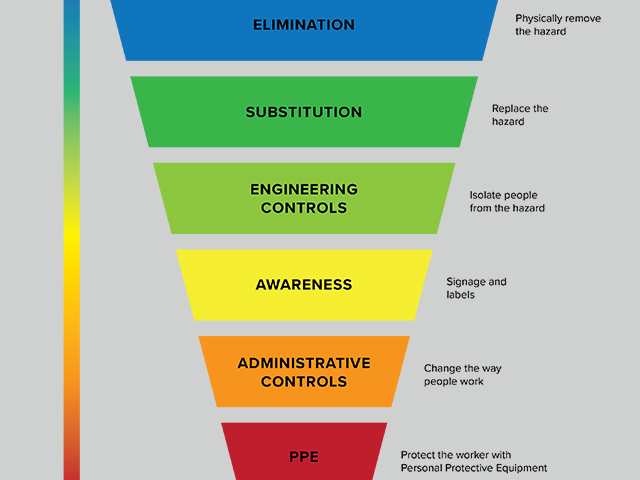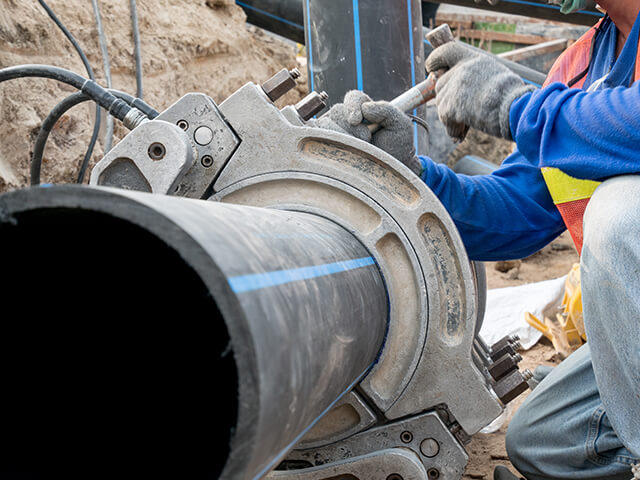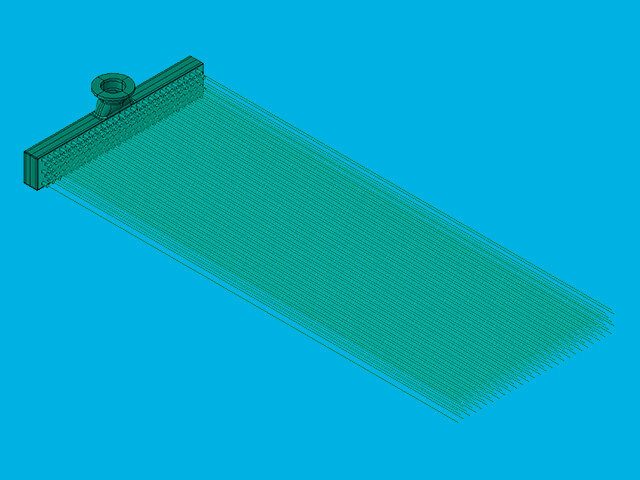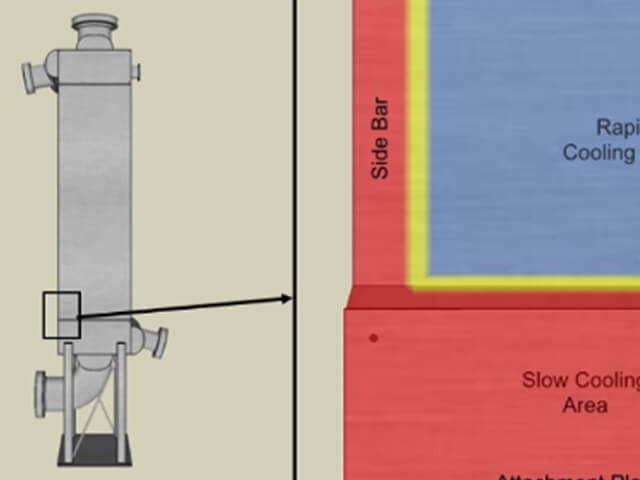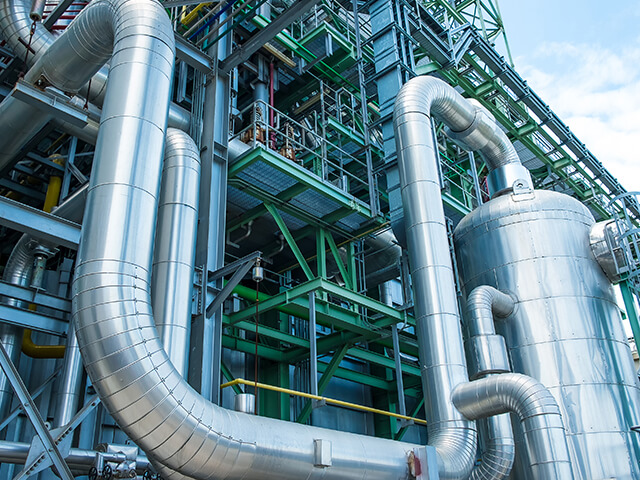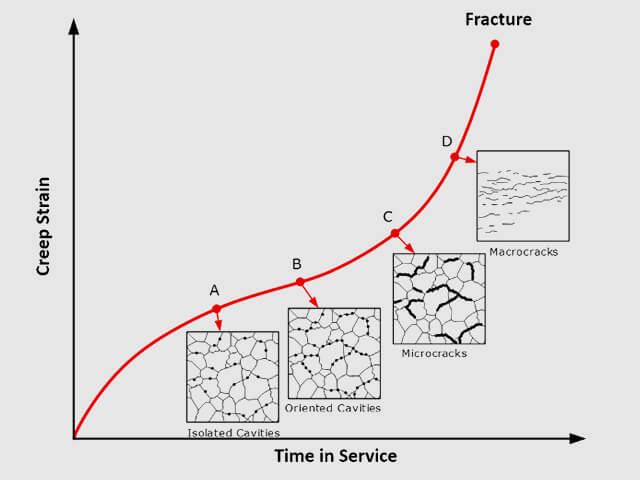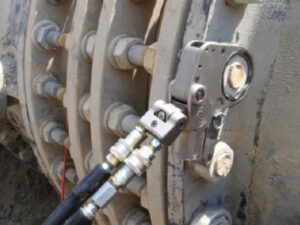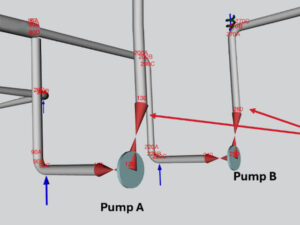
Inspectioneering: Damage Management Locations (DMLs) – Connecting Inspection Data with Asset Lifecycle Management
We’re highlighting an article written by David A. Osage from the Inspectioneering Journal’s July/August 2023 issue, in which he discussed E2G’s new inspection scheduling methodology that is reshaping asset integrity and equipment lifecycle planning and management. Using his vast knowledge and expertise in fitness for service (FFS), David outlines how E2G’s groundbreaking new maximum allowable working pressure (MAWP) approach aligns with API 579-1/ASME FFS-1 standards, ensures integrity with continued operation, and works with the damage classes listed in API 579.
This article appears in the July/August 2023 issue of Inspectioneering Journal.
